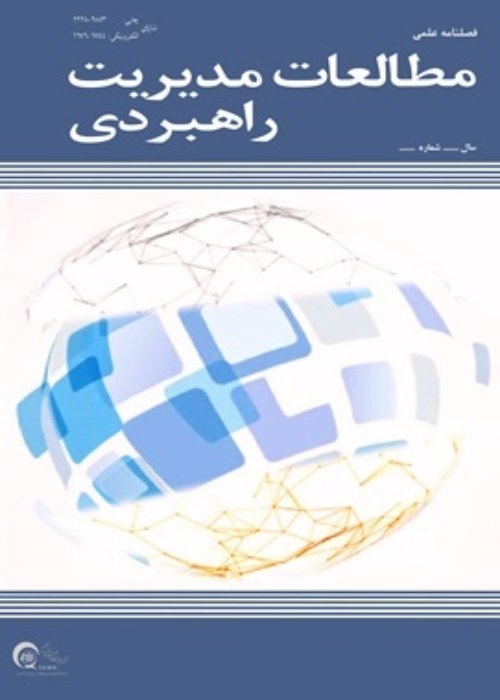Development and explanation of strategic control in higher education centers
According to upstream documents, universities should always be the boiling point and peak of two vital currents in the country: the flow of science and research; Second, the flow of idealism and idealism and political and social goals; And since today's universities face many challenges such as turbulent environment, rapid growth of global competition, changing knowledge and industrial needs of society, etc., so by examining and analyzing the paths taken, we must recognize the strategic deviations of the path. And with the right look, he proceeded to reform and improve effectively for the development and promotion of universities and, of course, the country. The important point is that the main purpose of designing the strategic control system of universities is something beyond compiling several annual evaluation reports in a scattered manner. Strategic control is a system that organizations need to be aware of changes in the internal and external environment as well as respond to these changes, and by strategic control and careful review of the strategic direction of the organization, can make changes in a timely manner. In this regard, the concept of strategic control has an effective role in guiding universities in the direction of their strategic goals. The purpose of this study is to identify the components of strategic control in universities studied by one of the universities in Tehran province.
The present research is applied in terms of purpose and descriptive-survey method. The method of data collection in the stage of identifying the components of strategic control affecting the university is in the form of library studies and interviews with professors and experts. In this research, the MICMAC table has been used to analyze the degree of penetration and dependence of each factor. Interpretive structural modeling (ISM) has been used in the implementation and analysis. Interpretive structural modeling is a method for designing a pattern of complex and multiple relationships between variables of a phenomenon. This method is a kind of structural analysis based on the interpretive paradigm. In this method, first the effective and basic factors are identified and then with the help of this method, the relationships between the factors are analyzed. This model provides a context in which various and interrelated factors are described in an organized model and a complex pattern of conceptual relationships between several variables. The statistical population of this study was university professors, experts and related university administrators who were selected by purposive sampling. Therefore, the statistical sample method of this research is purposeful sampling of a judgmental type that consists of 10 university professors, experts and managers related to the subject of strategic control. Regarding the expertise and background of the sample, all of them have a doctoral degree and at least 5 years of work experience related to the research topic, whose opinions have been recorded and compiled by the researcher.
Regarding research results and findings, the policy-making and management component has been identified as the most fundamental and fundamental component. It can be stated that the component of policy-making and management with the highest influence and the least degree of dependence on the components of human capital, budget and finance, values and organizational culture, networking and interactions, facilities and facilities and finally the exchange of knowledge, research system and The education system is effective. The third level includes two components of values and organizational culture and networking and interactions that affect the next level, namely the components of human capital, facilities and facilities, budget and finance, research and production system, knowledge exchange and dissemination and education system. In other words, the components of policy and management, values and organizational culture, and networking and interactions in the MICMAC table are in area 4 and have high influence and low dependency; This shows the importance and impact of these factors on other factors. At the second level, the factors of human capital, facilities and facilities, budget and finance are all at the same level and affect the factors of the next level; Finally, in the first level, which has the most dependent factors, are the system of research and production of science, exchange and dissemination of knowledge, and the system of education and training.
In other words, in order to have a proper research and production system and a proper education system, the lower level components must act in a systematic and coordinated manner so that the output of research and education is also appropriate.
- حق عضویت دریافتی صرف حمایت از نشریات عضو و نگهداری، تکمیل و توسعه مگیران میشود.
- پرداخت حق اشتراک و دانلود مقالات اجازه بازنشر آن در سایر رسانههای چاپی و دیجیتال را به کاربر نمیدهد.


